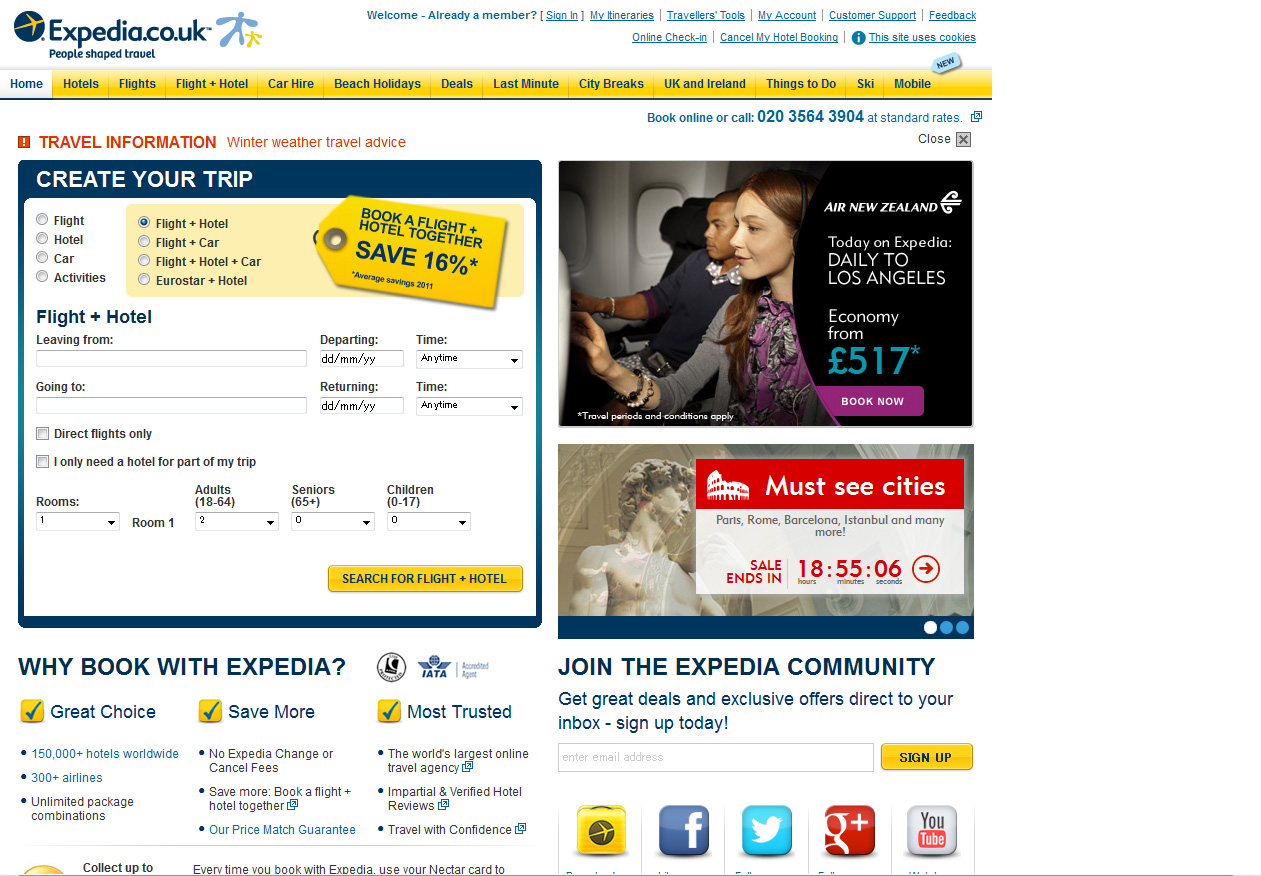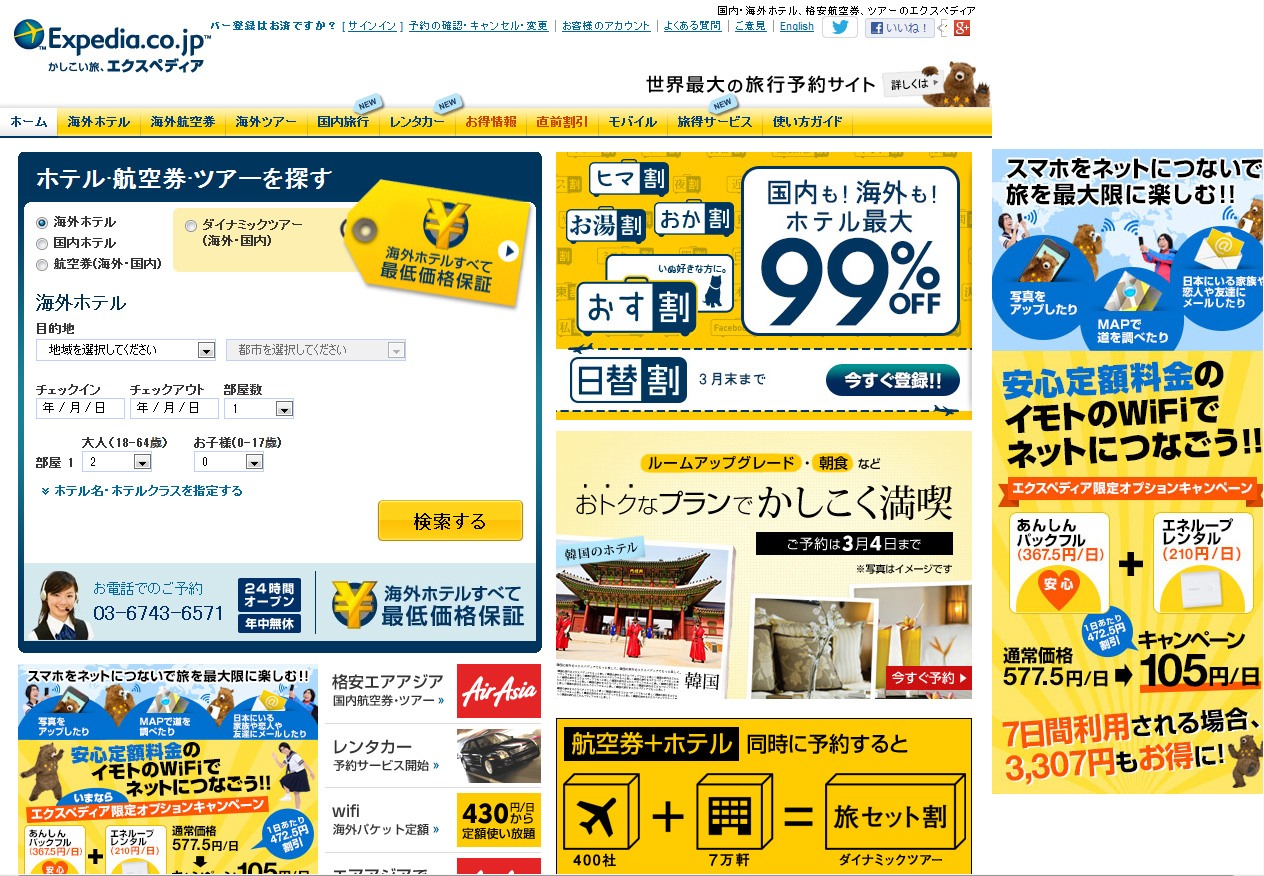UX Blog
The Mitsue-Links UX Blog shares some of our insights and opinions about UX in Japan, experience design and cultural differences between user research in Japan and the world.
If you want to find out more about us, please contact us at uxa-japan@mitsue.co.jp
August 7, 2014
"What do you mean?" - Strange interview questions for Japanese participants.
Testing for international clients in Japan often needs a lot of localisation work.
The recruiting screener needs to be localised to capture the correct participants; prototypes and test materials need to be checked to ensure they make sense for testers.
However, unexpectedly for international clients, one area which always requires extra work and attention is the discussion guide.
International clients testing in Japan often assume the discussion guide will be the item which requires the least changing and localisation. Clients will expect it to be translated directly and assume it will provide the same intended purpose and results as their original English version. This couldn't be further from the truth and in reality will provide the exact opposite - confused Japanese participants giving unclear answers.
When testing abroad, i.e. in the UK or US, guides tend to have many ice-breakers or "throw away questions", intended to relax the participant or get them in the mood for talking. However, such questions do not always translate well into Japanese. Japanese participants may take questions too literally or seriously, take too much time thinking about the answer, or take too much time trying to understand the reasoning behind the question (even when there is none).
As an example, here is a question which would have caused delay in testing. It was intended as a very quick throw away question, with the client expecting some quick keywords for answers.
The question was: "In general, what is the coolest thing that your phone can do for you?"
One might think it would be easy and quick to answer -e.g. "I can easily take and send photos" or "video chat with my family".
However, for Japanese users, the question is not specific enough. "What do you mean by 'cool'?", "How does a phone do anything for me?" and so forth.
There may also be confusion from the participant mindful about what the interviewer might want to hear by asking such a question. The participant might want to know exactly what the questions mean and in turn ask the interviewer for more details. By this point, ascertaining clarity over the questions will likely have taken up precious interview time and may have made the participant feel more nervous and tense rather than relaxed and talkative.
What would have been a quick warm-up chat usually takes much longer than the initial time allocated by the client.
Therefore, before testing in Japan, we always need to localise and amend questions to avoid confusion for participants and to help move the test along. Yet at the same time, it is important to stay true to the guide, the intended purpose behind the questions, and what answers the clients are trying to gather.
So, the previous question of "In general, what is the coolest thing that your phone can do for you?" may turn into "携帯電話の中で、一番好きな機能は何ですか?" (Keitaidenwa no naka de, ichiban suki na kinou wa nandesuka?). This would translate into "On your phone, what is the feature you like the best?"
To save time and confusion, we always try to explain to international clients the cultural differences, and always try to understand what the client actually wants to ask. We always work together with the client to come up with a guide that is helpful for the client and especially the user; otherwise the interviewer will not able to get any good answers out of them.
To conclude, even for "throw away questions ", always try to write the questions as simply and clearly as possible; so even when localised, it will be close and true to the original version. Otherwise, you will have questions which may even confuse the translators. I'll leave you with this closing example, which we have come across at Mitsue-Links:
Client's Discussion Guide: "If you had a magic wand, what would you change on this website?"
Translator: "What's a magic wand?"
March 28, 2014
Don't look at me! Privacy, video calling and SNS in Japan.
A topic which is always interesting and surprising for non-Japanese clients is the rate of use regarding video calls (or rather, the lack of video calling in Japan). We are often asked why this may be, since communication apps are so varied and popular in the Japanese market.
Simply, it boils down to Japanese culture and views on privacy.
Nowadays, there are a whole range of free communication apps to choose from. Popular examples in Japan include Line, Kakao Talk, WhatsApp etc. All these tools allow a variation of free messaging, free voice calls or even video calls. So, out of all these ways to communicate, why is video calling, e.g. Skype or Facetime rarely used in Japan?
One of the reasons is because Japanese people don't really want, or are not used to easily sharing their feelings. Japanese users prefer to express their emotions with stamps, icons and cute images; rather than direct voice conversation or video calls. It's considered much easier to send a sticker or stamp showing how you feel, rather than type out feelings in text.
As mentioned earlier, Japanese people are generally quite private too. Regarding not using video calls, Japanese people might worry about things Western users may not think of. Such as, "my room is messy" or "I don't want people to see me without my make-up on"; this applies even to family and close friends. Therefore, not wanting to be seen on video and already being able to send stickers and short messages on other apps is the reason why video calling apps such as Skype or Facetime are not as commonly used in Japan.
So leading on from the above, let's take a further look at privacy in Japan.
In our research experience at Mitsue-Links, most participants say they are against, and would be reluctant to show their real face on social networking sites. That's a completely different attitude to what we might expect in the West, where users actively want people to see their face and know who they are.

Take the above image for example. It's from a Japanese SNS called Mixi. As can be seen, nearly all profile pictures are avatars, random photos or very ambiguous pictures of users. There are no direct pictures of users' faces. Also, unlike Facebook, Mixi allows users to use an alias if they want. As there is no need for real names, most usernames on Mixi are pseudonyms too.
Overall, there is nothing right or wrong regarding using or not using video calling or real images for avatars. It's just a Japanese cultural difference. However, when it does come to creating websites and apps; regarding UX and the mobile experience, this point about privacy, fake names and not wanting to share real information can have a real world business impact on creating or localizing websites for the Japanese market.
March 14, 2014
Japan - Where the Customer Is a God
There's one thing about Japan that never fails to amaze my American friends whenever they visit me in Tokyo. It's something that I'm still amazed by myself, even after living over a decade in this country, and I've seen similar comments online countless times. Customer service in Japan is excellent.
I'll give an example: fast food. In the US, working in fast food is almost used as a sort of horror story ("Study hard or you'll end up flipping burgers!"). It's not the sort of place you aspire to work at. I know my local fast food joint in the US was like that. It was obvious the moment you walked in that none of the workers wanted to be there. I'd order my food, eat quickly, and then leave, feeling a bit depressed.
It's the exact opposite here in Japan. You're greeted by cheerful cashiers the moment you walk in, they take your order, and then repeat everything to make sure that they've gotten the order right. It genuinely feels like they take pride in their jobs, and the service that they are providing, and it shows.
This isn't just in the fast food industry. It's everywhere. Buying a gift for a friend? They'll wrap it perfectly, and remove any trace of the price so that you don't feel awkward (it was cheap), or the recipient doesn't feel awkward (it was expensive). All this takes place in a country where tipping is unheard of. Here, it's not "the customer is always right". Rather, it's "the customer is god". Everyone is proud and honored to be doing the job that they are doing, and the utmost care is taken to never offend the customer.
Excellent customer service is something that extends to the online world as well. Support should be as painless as possible for users. Live chatting is seen as something complicated and unreliable, email support too slow. Users like to be able to call in and speak to a person, so that their problems can be solved quickly and efficiently.
Source: http://kakaku.com/bb/
The above image is something commonly found in Japanese websites. The number is shown in big bold letters so that it is easy to find, and images of the call center agents reassures the customer that they are ready at a moment's notice to answer any questions. In addition, using the yellow button on the right, users are able to set up a callback from customer support at the time of their choosing.
Excellent customer service isn't just an extra detail here. It's the norm, and it's definitely something that needs to be kept in mind for any service trying to break into the Japanese market.
March 7, 2014
Why do you need to localize for Japan?
Here at Mitsue-Links, one of our specialist services is offering advice on website localization for the Japanese market. However, it is still quite surprising the number of times I am asked by potential clients - "Why should we localize our site for Japan?"
Usually the client already has a global website template for use across various markets. The site already works well in other countries in terms of usability and the copy was translated professionally. So, why would clients need to make an exception for Japan?
Firstly, let's look at some numbers. Japan has a population of around 127 million. Within that, there are 102 million internet users; giving an internet penetration rate of around 80%. That is a very big internet market, in fact Japan is the 4th largest internet using country in the world.
With such a large potential market, it would be best to make sure all content is as suitable and as easy to use as possible for the local market. To add to the case, Japanese users are also extremely cautious when it comes to using what are seen as "non-Japanese" sites. It all comes down to Japanese users needing to trust a website.
In our research experience, Japanese users consistently place more value on trust
over other main factors which clients think are important - such as design, usability or even prices of products etc. Without trust, Japanese users will not even use the website, let alone purchase products by entering their private data and payment details.
So what are the things that may give feelings of unease or decrease trust for Japanese users?
Obviously, badly translated text or even incorrect tone of voice in the copy will instantly give Japanese users a feeling that a site was originally non-Japanese. Also, design is a big give-away.Furthermore, design is very important in generating a feeling of trust - for example, whether the design resembles a typical Japanese site (bright, colourful, and crammed full of information.
Of course that is an over simplified view, but nonetheless true. Getting a site localized properly for the Japanese market, to make it look and feel Japanese, will not only increase your chances of successfully entering the market but, even more importantly, it will stop you losing potential and future customers - through giving bad impressions, inviting negative reviews or generating feelings of untrustworthiness. No matter how usable or well-designed your site may be; if ultimately users will hesitate in registering their details or inputting payment information, then all previous hard work may have been wasted.
Localization or localization testing will not only save you time and trouble down the line, but ultimately save you money.
- Global template site example

- Image is from Expedia.co.uk. The same template is used throughout most Expedia markets.
- Localized site example

- Image is from Expedia.co.jp. The localized Japanese site has a bear. Japan only.

